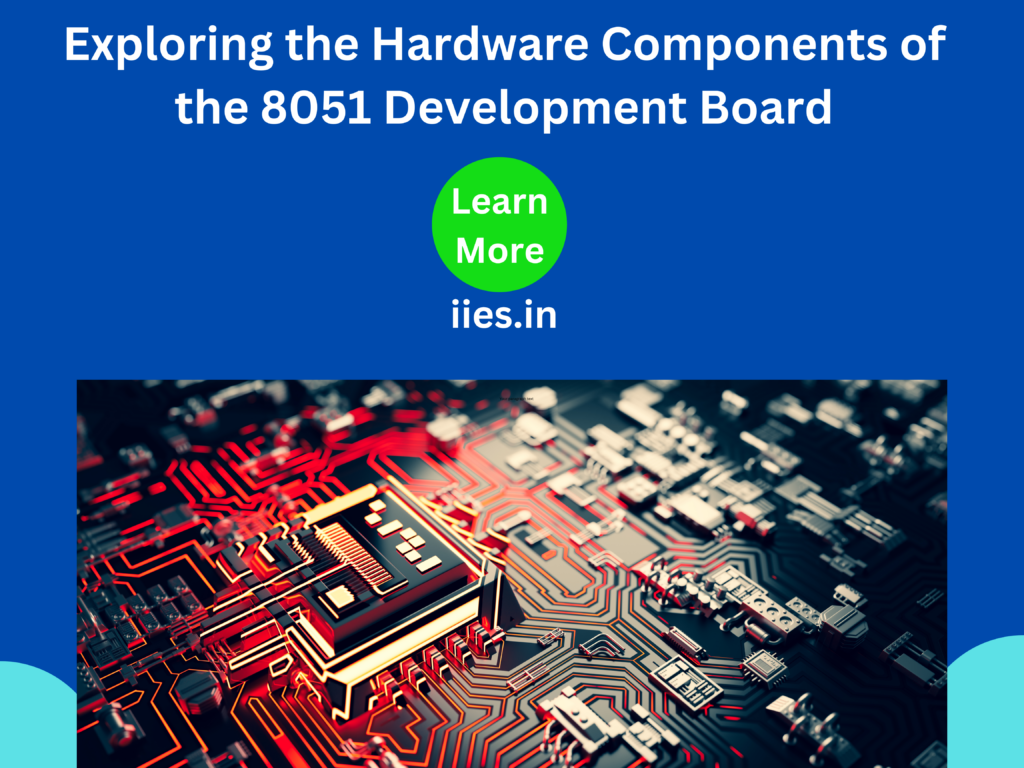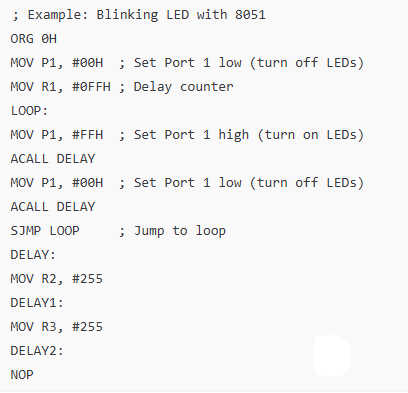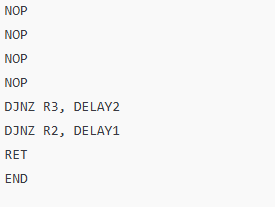
Transistors, the cornerstone of modern electronics, play a pivotal role in powering an array of devices from computers and cell phones to televisions and radios. These semiconductor components are renowned for their ability to amplify electrical signals and function as electronic switches.
Invented in the mid-20th century, transistors revolutionized technology by replacing bulky vacuum tubes with compact, efficient, and reliable components. Composed of semiconductor materials like silicon, transistors consist of three key parts: the emitter, base, and collector, each working together to control electrical currents with precision.
In this blog, we’ll explore what transistors are, how they operate, their types, and their diverse applications in electronics. Whether you’re an enthusiast delving into circuit design or a professional refining advanced systems, understanding transistors is fundamental to mastering modern electronics.
A platform for learning and creating embedded systems based on the 8051 microcontroller is the 8051 development board. Its extensive availability, rich instruction set, and ease of use make it a popular microcontroller for embedded applications.
An overview of the topics that could be covered in a document about the 8051 development board is provided below:
Intel created the 8051 microcontroller in 1980. In embedded systems, this 8-bit microcontroller is widely used.
Architecture:
A Memories (ROM AND RAM),I/O ports, timers, Processor and support for serial communication are all part of the 8051 development board.
Features:
The 8051 Development Board: What is it? Users can create, test, and prototype software for the 8051 microcontroller using this hardware platform.
Parts:
Microcontroller: Variants of the core 8051 microcontroller.
The clock signal is produced by a crystal oscillator. Usually, the power supply is 5V DC. Input / Output Ports: External ports used to interface with sensors, switches, LEDs, and other devices.
Programming Interface: The 8051 can be programmed via a serial port or ISP (In-System Programming).
Peripheral Components:
Sensors for testing input.
Microcontroller Pin Configuration:
Each pin’s functions include power, ground, I/O, reset, and so forth.
I/O Ports: An explanation of P0 through P3, the four 8-bit I/O ports.
Timers and Interrupts: An explanation of the two 16-bit timers and how to use them to create time-based events or delays.
Serial Communication: An explanation of the UART module’s functions and usage
The crystal oscillator circuit provides information about the oscillator circuit that generates a consistent clock signal.
Environment: Assembly/C compilers, MPLAB, Keil uVision, and other IDE/compiler options. Setting up the 8051: An introduction to 8051 assembly language programming. creating basic programs (such as those that read inputs, blink LEDs, etc.).
Debuggingà The process of troubleshooting code using debuggers
Example of Code: An example of a simple program that toggles an LED on a port that is connected.
An example of serial communication (data transmission and reception via UART)


5. Connecting to the Periphery
6. 8051 Development Board Applications
Embedded Systems: Automation projects, robotics, and simple control systems. Home automation is the use of the 8051 to manage lighting, appliances, and other aspects of the house.
Sensor Monitoring: Using a variety of sensors to monitor the environment (temperature, humidity, etc.).
Communication: Using RS-232 or UART to implement wireless communication protocols.
7. Debugging and Troubleshooting
Typical Problems: improper wiring or programming. Problems with the power supply or the clock
Debugging Tools: Checking signal levels with an
Oscilloscope or logic analyzer, Debugging communication with a serial terminal
A flexible platform for studying and experimenting with embedded systems is the 8051 development board. Users can create a vast array of embedded applications using different programming methods and peripherals.
Must Read: STM32 ADC: Analog Sensor Reading
Indian Institute of Embedded Systems – IIES